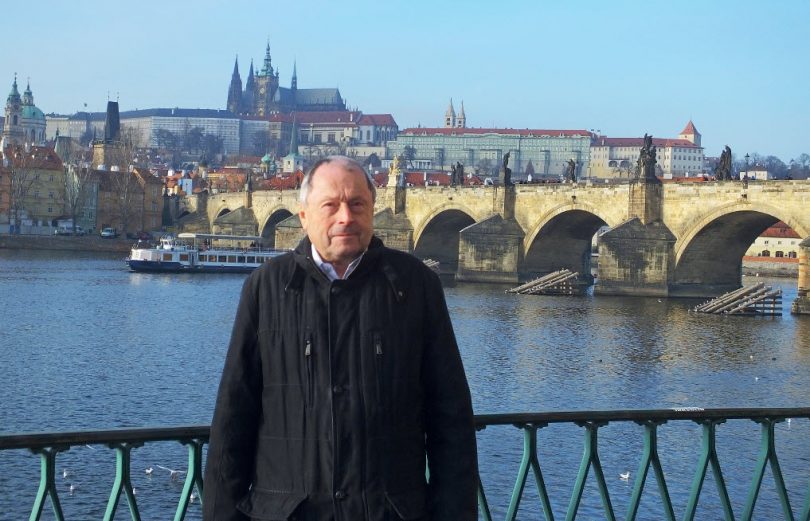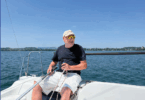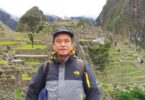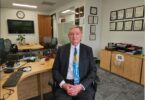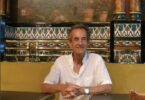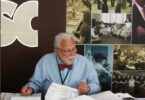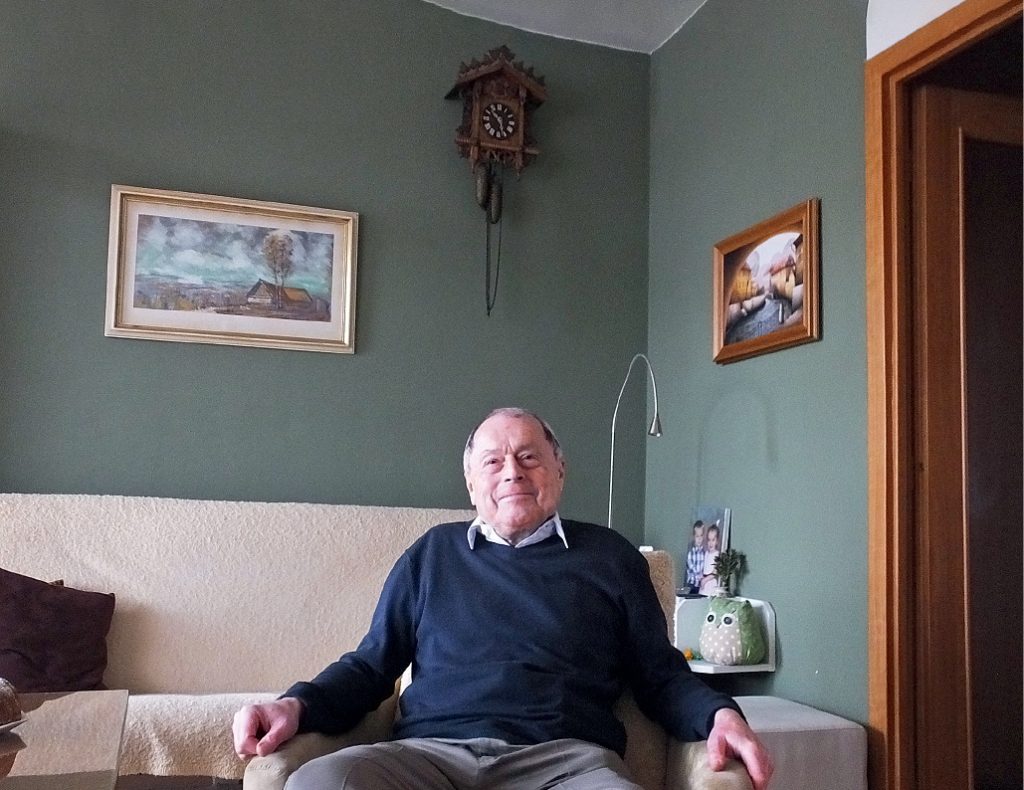
Theory linked with practice.
PAC World: When and where were you born?
J.B.: February 15, 1948; Trutnov, Czech Republic.
PAC World: Where did you go to school?
J.B.: 1955-63: Primary school in Trutnov. 1963-67: Technical high school in Jičín – Specialization in Electrical Machines and Apparatuses
PAC World: Did you have any specific interests while in school?
J.B: In primary school I liked physics and chemistry the most. In parallel with school I also attended music school (I played violin, clarinet as a member of violin ensemble and a brass band). I was also interested in cars, photography, cycling and swimming.
PAC World: Do you remember anything from your childhood that contributed to becoming an engineer?
J.B.: I dreamed of being a car developer.
PAC World: Was there a person that had the most influence on you when you were growing up?
J.B.: My role model was my father – a great technician with huge general and cultural insight (an active amateur musician, astronomer – he designed and built his own telescope). He graduated from the Czech Technical University in Electrical and Mechanical Engineering. After the II World War he became head of the development department of protection relays in Křizik factory (later ZPA) in Trutnov. He filed several patents.
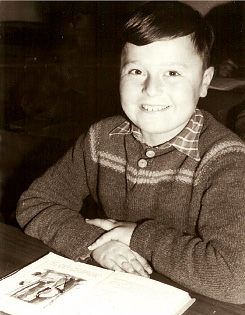
There were also physics and chemistry teachers in the primary school as well as teachers of technical subjects of the technical high school and the university and professors who influenced my career orientation.
PAC World: Why did you decide to go to a technical high school?
J.B.: I started with a mechanical engineering school with the vision of being a car designer. But I realized that I would lose connection with electricity completely, so I began to observe the interconnection of electrical engineering and mechanical engineering and in the middle of the first year of studies I switched to “electrical machinery and apparatuses” specialization. There I liked the fact that the equations of electricity and mechanics were the same.
PAC World: When and why did you decide to continue your education?
J.B.: Already during primary school I dreamed of a technical university with a focus on cars. Although I switched from cars to electrical machines and apparatuses, the interest was similar. I wanted to know things better – to be able to develop and calculate them.
PAC World: How did you choose a university to go to?
J.B.: I carried on studying the connection of electrical and mechanical engineering – electrical machines and apparatuses. ČVUT had a grade and was the closest university.
PAC World: Did you study electric power systems or protection while in university?
J.B.: Yes, it was part of the energy subjects. The electrical machines and devices specializations were separated in the 4th and 5th years of studies. There were also protections included in that branch.
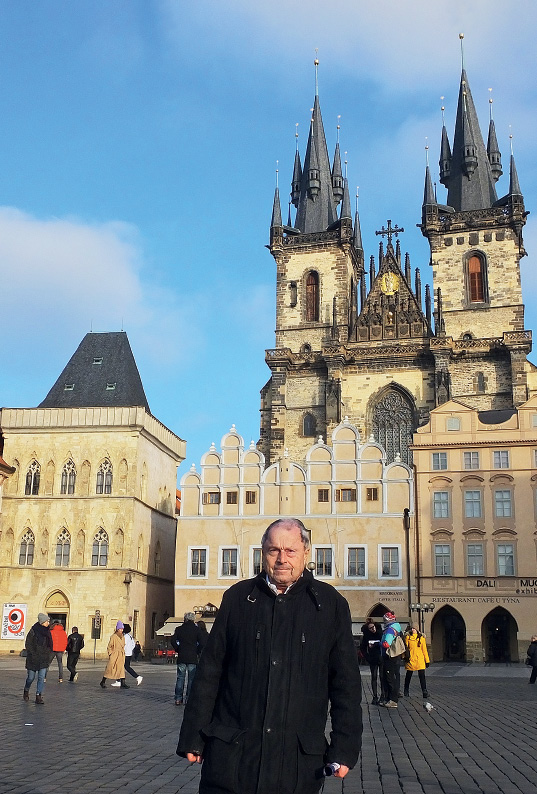
PAC World: Did you have any other interests while in university?
J.B.: I played in a big band swing orchestra (saxophone and clarinet). I played in a folk/country band (guitar).
I attended concerts (classical music and jazz), theatres, movies (mainly from big directors), I wrote poesy and short stories, I educated myself about automobiles. I was interested in Hi-Fi technics and electro acoustics. For example, I designed and built loudspeaker systems, especially bass reflex boxes.
PAC World: What was your first job?
J.B.: I got married and after studies I started working in Mělník power plant (55 a 110 MW blocks). It was my father’s recommendation and I got a position with a flat included. The family with the first daughter was secured. In the power plant, I gained experience in all fields available there, particularly in the protection department. My entire professional life was dedicated to the protection relays.
PAC World: Is there any event from this time that you still remember?
J.B.: I worked on the TG 55 MW block and then electrical protections. Among other things, I measured the ratio of the third and the first harmonic at the 55 MW generator node to sensitize the stator ground protection and correct measurement evaluation of the reverse power protection.
PAC World: How did you become a system protection and control engineer?
J.B: In addition to having a great role model in my daddy, I saw more and more that protection engineering required deep knowledge of protected equipment, and thus links to developers in various fields of electrical and mechanical engineering and others. I liked very much that there were many people in the power plant who knew a lot, and whom I could ask questions and work alongside them.
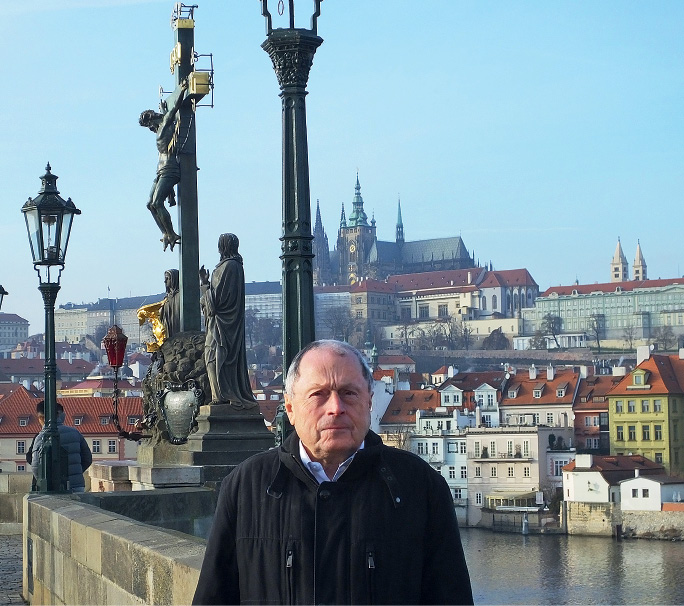
PAC World: After your military service you started work for a power utility. Why didn’t you go back to the plant?
J.B.: After military service there was no free position for a protection engineer in the power plant. And I did not want to return to the block shift operation.
PAC World: In 1976 you moved to the Czech Energy Dispatch Center. What was the reason for the change and what were your responsibilities?
J.B.: The power plant provided the flat until we got new flat from the dispatching center. One year before this change I passed in a distribution utility as a protection relays service technician (maintenance of HV protection relays) and as a designer of telemechanics.
Then I started to work in the dispatching in the operations preparation department. First in the grid program, and then permanently as a protection relay settings engineer for high voltage grids (especially 110kV) and for fault analysis. With my previous gained experience from energy generation and distribution I liked the work at the dispatch center
PAC World: What is the most challenging project that you worked on during that stage of your career?
J.B.: To make the work easier and more systematic, I devised methodologies for setting the distance protection relays. Much of the work consisted in distance protection relays setting for remote backup. In addition to fault diagrams with network breakup points that simplified complex network diagrams for faster remote backups, I created a comprehensive series of types of schemes of successive short-circuits impedances for further methods of distance protection relay settings
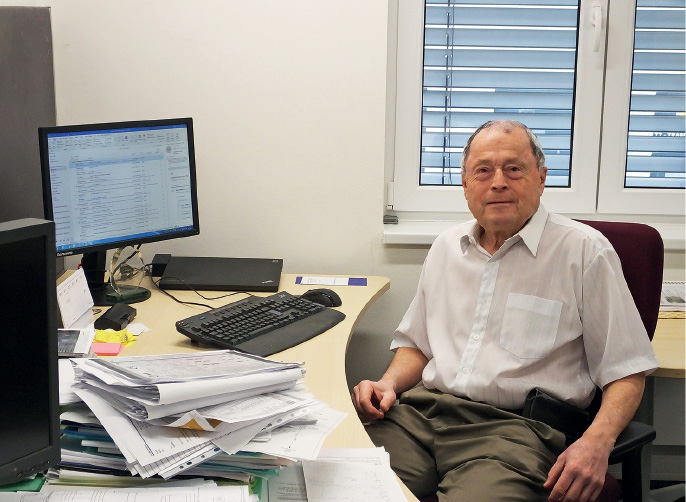
I paid attention to the relationship between substation and line protection. In times when substations did not have 110 kV busbar differential protection, I devised and put into practice the logical protection of substations including the circuit breaker failure protection based on line distance protection relays pickup signals
I paid attention to continuity of the protection on frontier of the network and the electrical machine, such as the transformer, but also the generator, motor, etc. I tried to improve even the protection of machines themselves. I took care to protect very resistive faults by differential protection and their cooperation with distance protection relays
To solve the operation of networks separated by fault, I prepared a theory and invented and applied a selective gradual frequency load-shedding algorithm based on uniform frequency and time grading. It has proven successful and the success and reliability of separated networks increased. From this methodology, I also began with fault targeted frequency separation of smaller islands with their subsequent unloading – selectively following the full-area frequency load shedding.
For more reliable grid operation, I began to influence the overall grid topology, especially on 110 kV level, with more 400 (220) kV/110 kV transformers
I deduced mathematical relationships for transformer energization (new or after failure) with a help of remote generator, and participated in many practical starts. The method is also suitable for black starts
PAC World: What was the most satisfying project you worked on?
J.B.: Successful results of the method and algorithm of electrical grids frequency load-shedding, proven by fault analysis in the dispatch center.
PAC World: You have been part of the transition from electromechanical to solid-state relays and then to microprocessor-based protection IEDs. What was the difference between these two transitions?
J.B.: The transition of analogue protection relays from electromechanical to electronic ones resulted mainly in the removal of contact phenomena (pressures, oxidation) and reduction of power consumption of measuring circuits of protection relays (by order of magnitude).
The transition from analog to digital technique allowed besides the self-diagnosis of entire electronics and sharp digital filters for the first, but also other harmonics, especially quadrilateral characteristics of distance protection allowing adjustment of the resistive reach independent of the reactance range. And for frequency relays the immunity against swinging (i.e. against the frequency modulation sidebands).
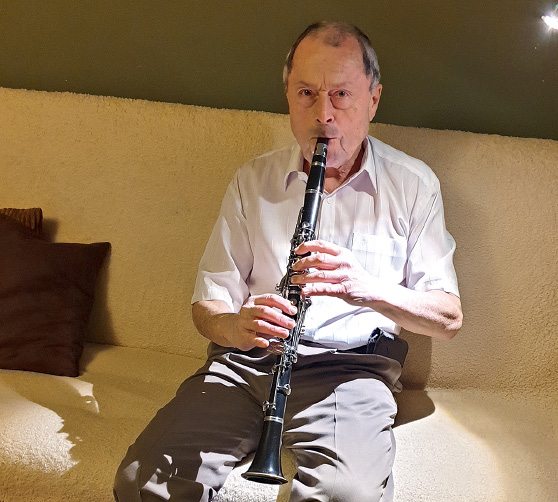
PAC World: After 21 years at the Dispatch Center you joined ABB in 1997. What made you work for a manufacturer?
J.B.: The dispatch center was supposed to be closed – and after a while it was. I returned to the company that continues in my dad’s work legacy. I realized, and I still realize that the spirit of a friendly relationship of people with a common passion for the matter is still alive in the company.
Within ABB engineering department the company allowed me to continue the same job as I had done in the dispatch center. At the same time, ABB also allowed me to visit people in development centers in Sweden and Switzerland and to influence the improvements of products we had worked with at home. These were mainly distance and differential protection and synchronizing device.
PAC World: What were your responsibilities at ABB?
J.B.: I continued all of that at ABB. Following the frequency phenomena, I was solving synchronized transfer switching.
I influenced various manufacturers to improve the protection relays features. These were behaviors that did not show up correctly in case of network faults, eg:
I proposed MV distance protection power swing detection based on principle of initial asymmetry of short circuit
I modified the MV distance protection for the purpose of AC traction
I suggested modification of high voltage directional overcurrent protection distance and to better select the short-circuit loop (insensitive to the Bauch effect).
I deduced and designed the settings of second harmonic filter in transformer differential protection for immunity to inrush current of transformer
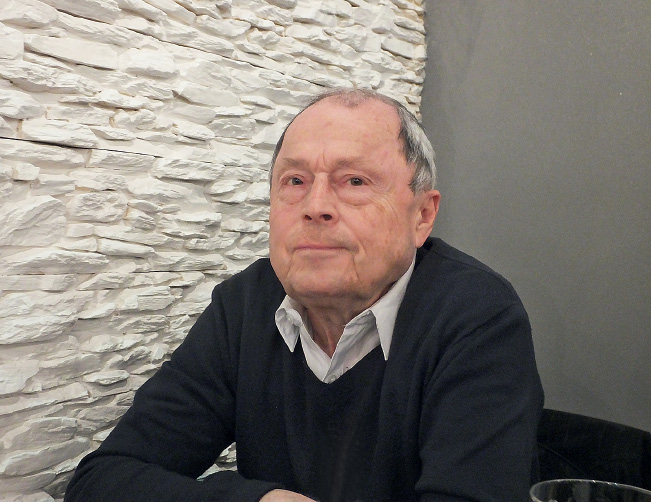
We measured the phase flicker in the network and then I suggested a principle and settings of the synchronizer with regard to it
PAC World: For many years you have been involved with CIRED. When and why did you join?
J.B.: For 21 years, I have been leading the “Protections” group at the Czech Committee of CIRED. For this I was nominated and then elected by the Czech Committee bureau after agreement with me and ABB. I think they elected me because while I had been working for decades namely for 110kV networks, I gained an overview even of medium voltage and transmission networks, power plants, factories, etc.
PAC World: How important do you think is the role of CIRED for your development as a professional?
J.B.: Experience from operation is the main thing we bring to CIRED. Therefore, the core of the group consists of leading protection experts from Czech and Slovak power distribution companies and power plants. Together with them, the group consists of teachers from technical universities and representatives of protection relay manufacturers (ABB, Siemens,). The operational problems transferred to our lectures both at the group and at the CIRED conferences are then resolved and the conclusions are again presented in the same ways.
PAC World: Today we are part of the transition from hard wired protection and control systems to IEC 61850 communications based fully digital substations. What is your opinion about it, the benefits and challenges?
J.B.: It is a great contribution to global protections. However, the important bases remain in good features of individual protection functions and also quality conversion of voltage and especially current for them (sensors).
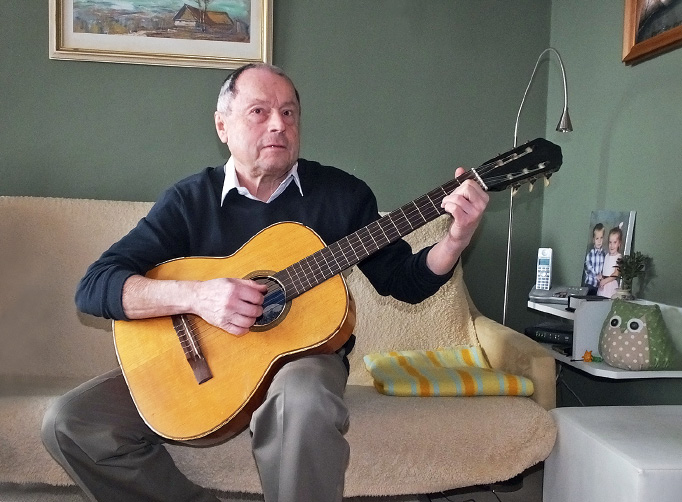
PAC World: You have done significant amount of work related to load-shedding and islanding. What do you think about the impact of distributed energy resources on the control of the power grid during emergencies?
J.B.: For stabilized operation of separated and balanced network, the proportional power-frequency regulators of supplies are the most important. The composition of types of unloadable loads shall correspond to total composition of the separate network load. Priority loads (hospitals,) must not be shedded as far as possible, or they must have standby sources. Operation of a separated network is always better even for its control than in its blackout.
Proportional controllers, active power – frequency, but also reactive power – voltage, are equally essential to distributed and renewable sources. To be usable when the network (load) needs them, they must not be dependent on the instantaneous power of their energy media (wind, sun.)
Therefore, they should be small (even in large quantities), separately connected to real feasible accumulations, i.e. boilers, storage stoves, etc. Batteries are not good for storage of large energy quantities – they have worse efficiency (necessary air conditioning, etc.) and low energy concentration per kg and per liter (ie heavy and bulky). In the meantime, their use seems to be helpful only in the emergency state of smaller islands in automatic load shedding. We are solving that.
PAC World: What do you consider the biggest challenge in your professional career?
J.B.: Reliably designed and protected grid topology with known pre-designed work-fault schemes with long time operability. It is a network that will help itself in case of failure.
PAC World: What do you consider your biggest professional accomplishment?
J.B.: Concept of multi-transformer bridge network topology for 110kV grids with connection to 220 and 400 kV transmission grid.
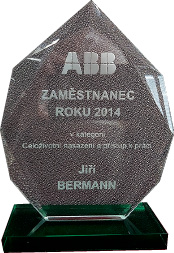
Theory and new principles of load shedding and islanding, real applications. Logic protection schemes for substations
PAC World: Have you received any awards and if Yes, which is the one that is the most important to you?
J.B.: Lifetime Achievement Award in Protection Relaying, ABB s.r.o., 2014.
PAC World: What do you believe is the best way to share your knowledge and experience with the new generation of protection engineers?
J.B.: I think joint work on specific cases and successful results from it. Individual cases are stored in men as knowledge cubes, from which solutions to other cases are built. And also lectures, written articles and books.
PAC World: What do you think is most important for a protection engineer’s development?
J.B.: Theory linked with practice – i.e. with experience.
And to figure out the reason when theory with experience seemingly diverges. Operation is a great teacher.
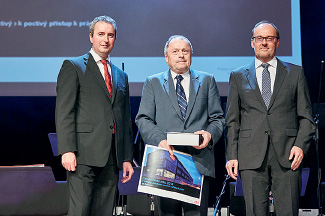
PAC World: What do you think we need to do to attract more young people to our industry?
J.B.: I think we can attract young people by our own examples. Parents at home, teachers at school. And excursions to workplaces. To feel that pleasure is not only from how things are used, but also how they are created – and that is often greater.
Who does not try this he does not know what he is deprived of in his life. That is like someone who doesn’t learn to listen to classical music. Finding out something that is helpful is one of the deepest feelings in nature.
The pleasure of unknown things is precisely because they can be revealed. Such a feeling needs to be induced to young people.
The natural development can only continue when all generations work together. As my dad always said: “The old have the experience and the young the “juice” (i.e. energy).”
PAC World: What is the advice that you would give when you are in front of an audience of young people?
J.B.: The sureness of your calculation result you will get from operation. The operation will teach you what can be omitted in the calculation for given case – because it has less influence – and thus you can better understand the problem. You will find out the phenomenon that is decisive in this case. This is the basis of engineering work – to understand everything so that it coincides with nature.
PAC World: What do you think is your most important personal achievement?
J.B.: Just finding out how technical problems around protections and networks can be calculated.
PAC World: You have traveled to many countries. Do you have a favorite place to visit?
J.B.: My country – There is nothing big, no high mountains, large plains, nor sea. But our country is a nice variable country – every 5 kilometers there are different views, various landscapes, different sensation. And Trutnov – the place of my childhood, the place under the Krkonose mountains, at the foot of Rychory and at the Jestřebi mountains, the valley of the Upa River,… that’s my favorite place.
PAC World: Do you have a hobby or something that you like to do when you are not working?
J.B.: I cherish our almost old car Fiat Brava. I like attending concerts (classical music and jazz) or listen to Hi-Fi. I attend theatres, movies, I play the guitar and sing. I am interested in astronomy (I have astronomical telescope), biking and hiking, literature, cars (including education.)
PAC World: You have been married for 48 years. What is the secret?
J.B.: Secret? I do not know. It is life happiness. There is everything in it: feelings and mind. Awareness of the meaning of the life journey – passing generations: grandparents, parents, own childhood, children and grandchildren.

PAC World: How do you mix your professional and your personal life?
J.B.: I brought warming feelings from successful work results to the family. For me, the family and the work are two main components of good life.
PAC World: You are still working in different roles. Do you ever consider retiring?
J.B.: As long as I have meaningful work with real-purpose outputs and my health permits, I will not consider it.
PAC World: What is your favorite music?
J.B.: Classical (mainly instrumental) and jazz (traditional and swing, mainly instrumental too.)
PAC World: What is your favorite form of entertainment?
J.B.: Funny intelligent little satirical theater.
PAC World: Do you have any favorite food?
J.B.: Small buns with vanilla cream:)
PAC World: Do you have a motto?
J.B.: The best truths are those quietest (K.Capek).
Experience is the best criterion for truth (T. A. Edison).
Biography
Jiri Biermann graduated in 1972 from the Czech Technical University of Prague, Faculty of Electrical Engineering, Specialization Electrical Machines and Apparatuses. He has worked as relay engineer at the Mělník Power plant and the Central Bohemian Energy Utility. From 1976 to 1997 he worked at the Czech Energy Dispatch Centre on network topology operational program preparation, relay setting calculation for grids and machines, fault evaluations, network studies and preparation of grid operational concepts including relay settings and load shedding. From 1997 until now he works for ABB on network studies and preparation of grid operational concepts including relay settings and load shedding. He is a Member CIRED, Czech Committee, and Lead of protection relays working group.
He is recipient of the Award for Life–Long Achievements in Protection Relaying, ABB, 2014
.



